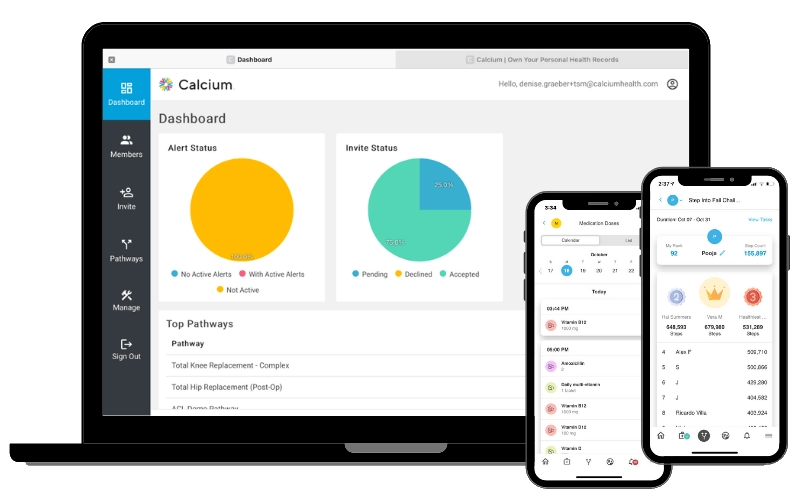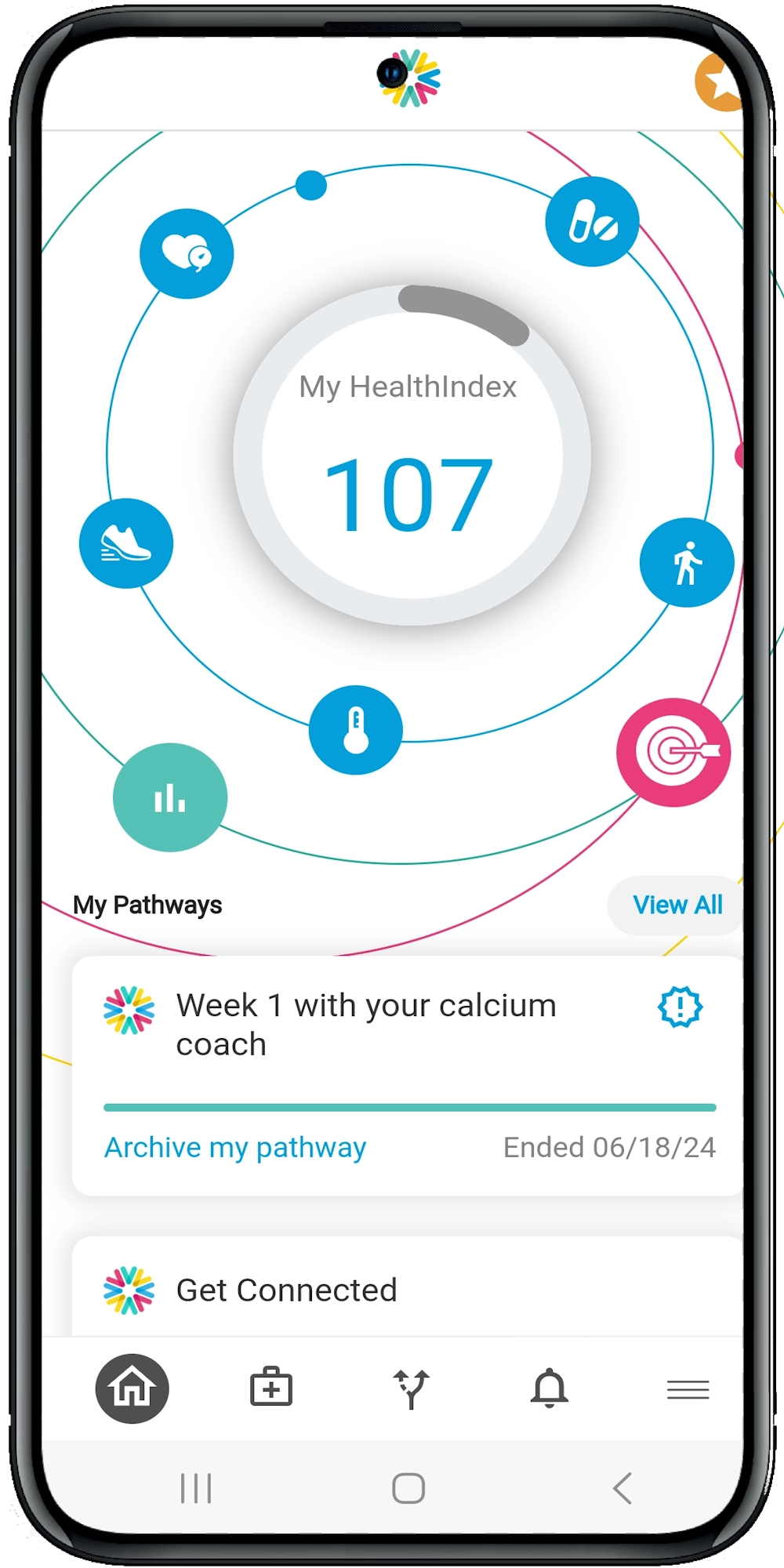Top Digital Tools Every Cancer Nurse Should Know
1. Electronic Health Records (EHRs)
EHRs are the backbone of modern medical practice. They allow you to:
- Access patient history: Instantly retrieve comprehensive patient records, including previous treatments, allergies, and medical history.
- Coordinate care: Share information seamlessly with other healthcare providers to ensure a cohesive treatment plan.
- Monitor progress: Track patient outcomes over time and adjust care plans accordingly.
Imagine EHRs as the digital equivalent of a patient’s medical diary, meticulously documenting every step of their journey.
2. Telemedicine Platforms
Telemedicine has revolutionized patient care, especially for those who may have difficulty traveling due to their condition. These platforms offer:
- Virtual consultations: Conduct video calls to assess and manage symptoms without requiring patients to leave their homes.
- Remote monitoring: Use wearable devices to track vital signs and other health metrics in real-time.
- Accessibility: Provide care to patients in remote or underserved areas who might otherwise lack access to specialized cancer care.
Think of telemedicine as your virtual stethoscope, extending your reach beyond the physical limitations of your clinic.
3. Symptom Management Apps
Cancer treatments often come with a host of side effects. Symptom management apps can help patients and nurses keep track of these issues:
- Real-time logging: Patients can record symptoms as they occur, providing accurate data for their next appointment.
- Alerts and reminders: Set up notifications for medication schedules or when to report severe symptoms.
- Data analytics: Analyze trends in symptoms to adjust treatment plans proactively.
These apps act like a digital diary, helping patients keep track of their day-to-day experiences and providing you with actionable insights.
4. Patient Education Platforms
Educating patients about their condition and treatment is crucial. Digital platforms can offer:
- Interactive content: Videos, quizzes, and infographics to make complex information more digestible.
- Personalized education: Tailored content based on the patient’s specific diagnosis and treatment plan.
- 24/7 access: Patients can revisit the information anytime, reinforcing their understanding and adherence to treatment.
Imagine these platforms as a digital tutor, guiding patients through the labyrinth of cancer care with clarity and compassion.
5. Clinical Decision Support Systems (CDSS)
CDSS tools are designed to assist you in making evidence-based decisions:
- Treatment guidelines: Access the latest protocols and guidelines at your fingertips.
- Drug interactions: Instantly check for potential drug interactions and contraindications.
- Diagnostic support: Utilize algorithms that suggest potential diagnoses based on patient data.
Think of CDSS as your digital consultant, always ready to offer a second opinion based on the latest medical research.
6. Care Coordination Tools
Effective coordination among healthcare providers is essential for comprehensive cancer care. These tools offer:
- Task management: Assign and track tasks among team members.
- Communication platforms: Secure messaging and video conferencing to discuss patient care in real-time.
- Shared calendars: Schedule appointments and follow-ups without the risk of double-booking.
These tools act like a digital command center, ensuring everyone on the care team is on the same page.
7. Genomic Data Analysis Tools
Personalized medicine is the future of cancer treatment. Genomic data analysis tools can help you:
- Interpret genetic data: Understand the genetic mutations driving a patient’s cancer.
- Tailor treatments: Choose therapies that target specific genetic abnormalities.
- Predict outcomes: Use genetic information to forecast how a patient might respond to certain treatments.
Imagine having a digital microscope that not only reveals the genetic makeup of a tumor but also suggests the best way to tackle it.
8. Patient Portals
Empowering patients to take an active role in their care is crucial. Patient portals offer:
- Access to records: Patients can view their medical records, test results, and treatment plans.
- Communication: Secure messaging with healthcare providers for quick questions and updates.
- Appointment scheduling: Easy booking and rescheduling of appointments.
Think of patient portals as a digital bridge, connecting patients directly to their healthcare team and resources.
9. Virtual Reality (VR) for Pain Management
VR is emerging as a powerful tool for managing pain and anxiety in cancer patients:
- Distraction therapy: Immersive experiences that divert attention from pain.
- Relaxation programs: Guided meditations and calming environments to reduce stress.
- Physical therapy: VR-based exercises that help with rehabilitation.
Imagine VR as a digital escape, providing patients with a mental vacation from their physical discomfort.
10. Artificial Intelligence (AI) in Oncology
AI is transforming oncology with its ability to analyze vast amounts of data quickly:
- Predictive analytics: Forecast patient outcomes and potential complications.
- Image analysis: Assist in interpreting radiological images with high accuracy.
- Treatment recommendations: Suggest personalized treatment plans based on patient data.
Think of AI as your digital oracle, offering insights that can significantly enhance patient care.
Summary and Suggestions
Incorporating these digital tools into your practice can significantly enhance your ability to provide high-quality, personalized care to cancer patients. They not only streamline workflows but also empower patients, making the cancer journey a little less daunting. For more insights and tools tailored to cancer care, explore our other resources or schedule a demo to learn more about our digital health platform.
Ready to elevate your practice? Dive into our resources or schedule a demo today!





